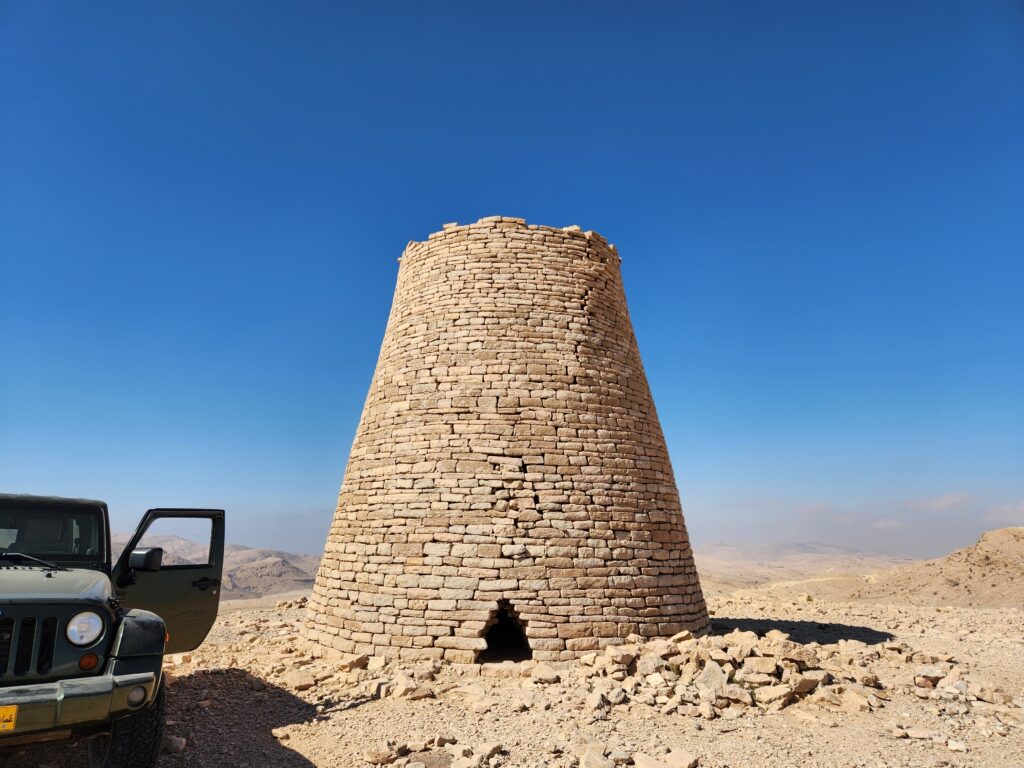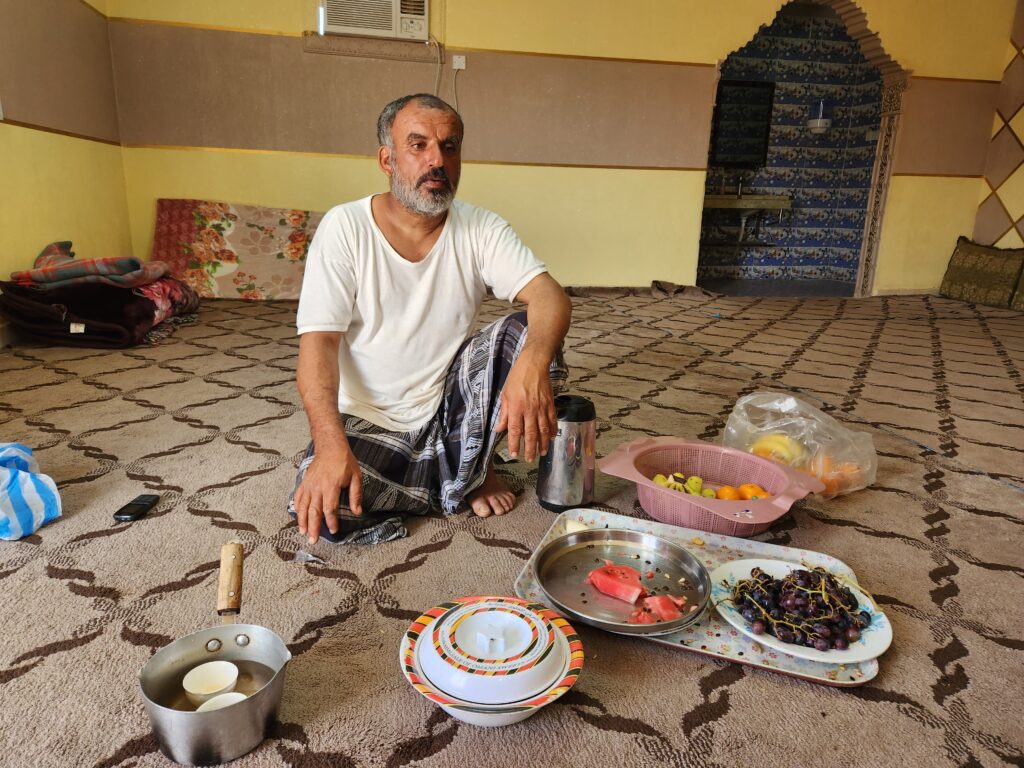Exploring Oman’s Ancient Jaylah Beehive Tombs
 When you think of an off-the-beaten path adventure, perhaps you envision something like an oasis out of a desert, or a hidden cove behind waterfall. How about landmarks from ancient civilization? No, not the pyramids of Giza. There are several beehive tomb sites in Oman. I chose Jaylah because they were “conveniently” located to Wadi Shab and Bimmah Sinkhole on the east coast. They’re estimated to be 2,000 to 3,000 years old and are scattered along the Al Hajar Mountains. Driving a 4×4 is imperative and I highly recommend an Omani driver since you’ll need to ask for/confirm directions along the way, as nothing is well marked.
When you think of an off-the-beaten path adventure, perhaps you envision something like an oasis out of a desert, or a hidden cove behind waterfall. How about landmarks from ancient civilization? No, not the pyramids of Giza. There are several beehive tomb sites in Oman. I chose Jaylah because they were “conveniently” located to Wadi Shab and Bimmah Sinkhole on the east coast. They’re estimated to be 2,000 to 3,000 years old and are scattered along the Al Hajar Mountains. Driving a 4×4 is imperative and I highly recommend an Omani driver since you’ll need to ask for/confirm directions along the way, as nothing is well marked.
My driver, Adil, had taken tourists to all the usual spots but had never been to Jaylah. After topping off the tank and grabbing coffee and khubz ragag (crepe-like bread with cheese and honey), we drove for a few hours up and down treacherous dirt roads with sharp switchbacks. You see lots of micro-hamlets along the way (5-20 homes), and lots of really cute long-haired goats. One cool thing that happened about midway up: A villager invited us in for tea. We sat on the carpeted floor of a 20×30-foot room filled with pillows and feasted on surprisingly fresh, ripe, delicious fruit, followed by bitter Omani coffee and sweet dates. Then we headed up to the tombs. They’re made of layers of rock slabs that are stacked up three to eight meters high and resemble… yep, beehives.

It’s especially amazing that they were constructed without mortar and are exquisitely preserved, thanks to their remote locations and the locals’ belief that the tombs were built by a demon. There are about 90 of these scattered across the Selma Plateau. Where we stopped, there was one pretty intact tower and a few that were disintegrating. The tombs certainly have an air of mystery around them. Who built them? Why did they choose such a remote spot? It’s thought that these were communal burial sites, where (about 200?) people were laid to rest with their belongings, hinting at a belief in life after death.
Maybe the high-up locations were about keeping close to the divine or just keeping invaders at bay. And yes, I looked inside and sadly, they were empty, having been searched by an archaeological expedition in 1991. If you go, ask your driver what food or other necessities you can bring to donate to the villagers. There are no stores for hundreds of miles and hardly anything grows in the mountains. As they’re mostly goatherders, it’s amazing those people survive at all. Yet despite this they do, and I definitely learned a lot in my journey out there. Find out about other journeys along our next adventure Away from the Crowds!

